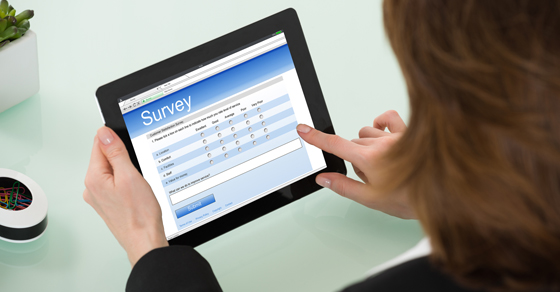You can’t serve the needs of your not-for-profit’s members unless you know what those needs are. Many organizations take the pulse of their membership with regular surveys but fail to conduct them strategically — and end up with useless information. Instead, maximize your next survey’s effectiveness by focusing on your objectives during every stage of the process:
1. Define. Do determine exactly what you want to learn. Keep a clear focus and sense of purpose. Don’t ask members for information you can’t or won’t use. You must be prepared to take action based on the results of your survey.
2. Design. Do determine format (multiple choice or open-ended questions, or both) and medium (print or online) upfront. Do make sure your questions are as clear and specific as possible. Overly broad queries can result in too wide a range of answers to be actionable. Use consistent scales, avoid confusing terms and keep questions short and to the point. Don’t ask for demographic information unless it’s useful and actionable. People value their privacy and are more likely to provide honest answers when they remain anonymous.
3. Deploy. Do explain how you plan to use the results. Do set a deadline for responses and send reminders. Don’t email surveys on a weekend. People tend to pay more attention when information is received midweek.
4. Discuss. Do relay survey results to participants along with your action plan, sharing as much information as possible. Don’t wait long periods before compiling and distributing results. If you fail to communicate at this stage, people will be less likely to help in the future.
5. Demonstrate. Do use survey results to enact positive changes that will better serve your members. Regularly reassess your action plan to ensure the changes are effective. Don’t forget to keep participants informed of your progress. Link your actions to survey results so that your membership knows you’re accountable, responsive and actively engaged in meeting their needs.
© 2018





